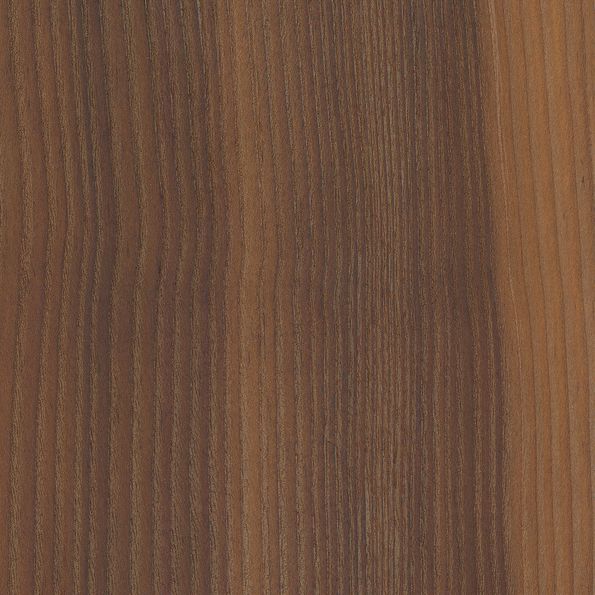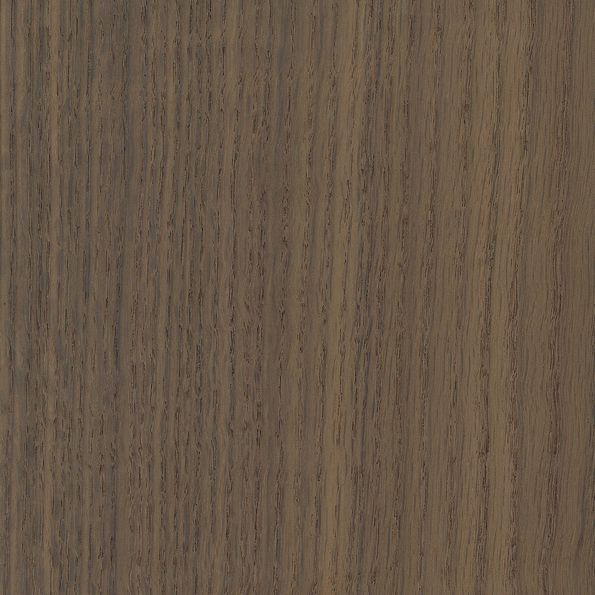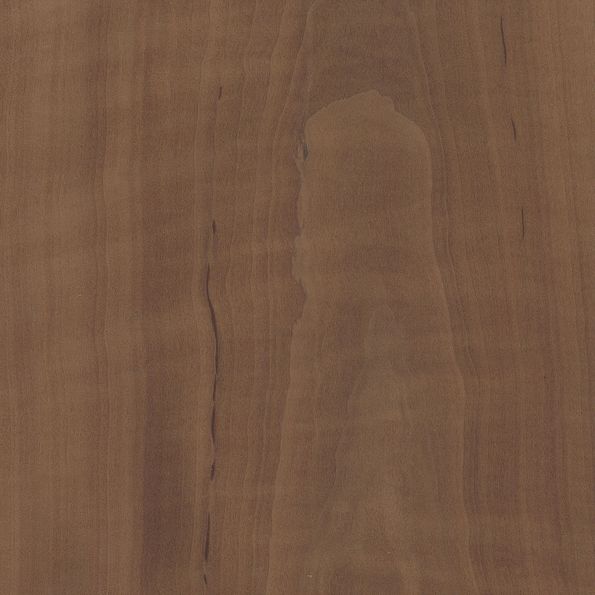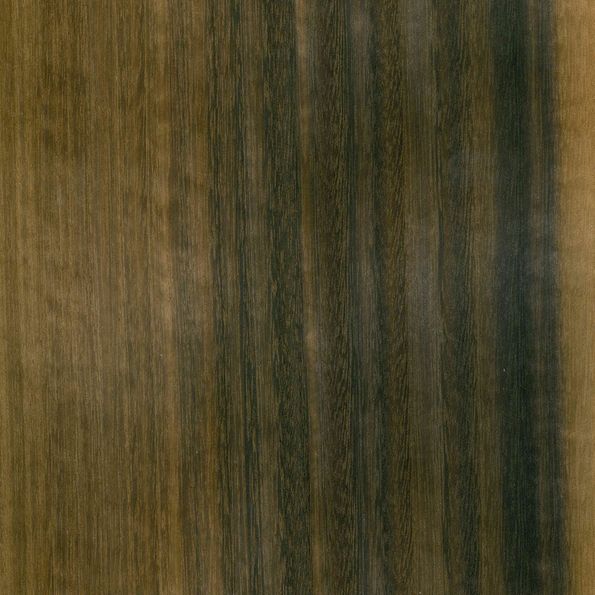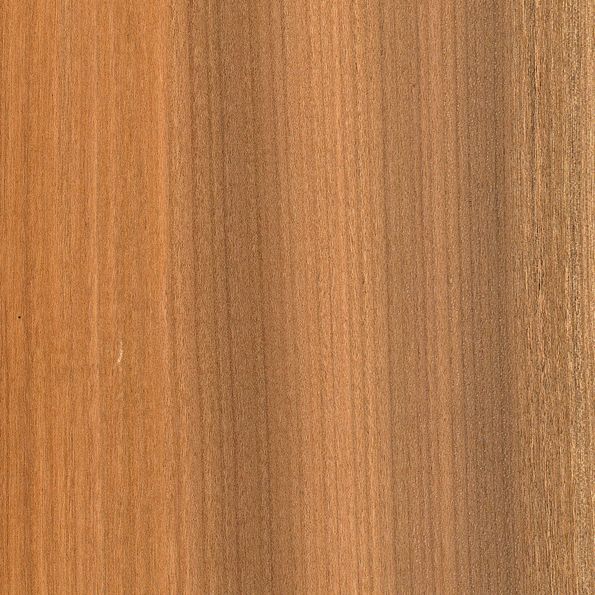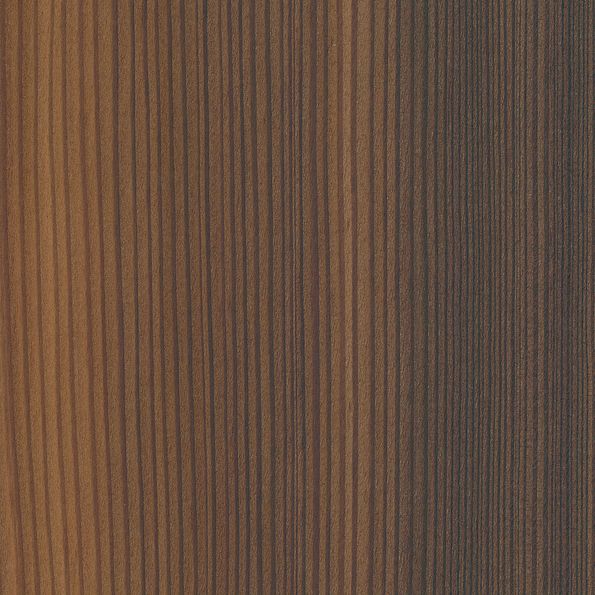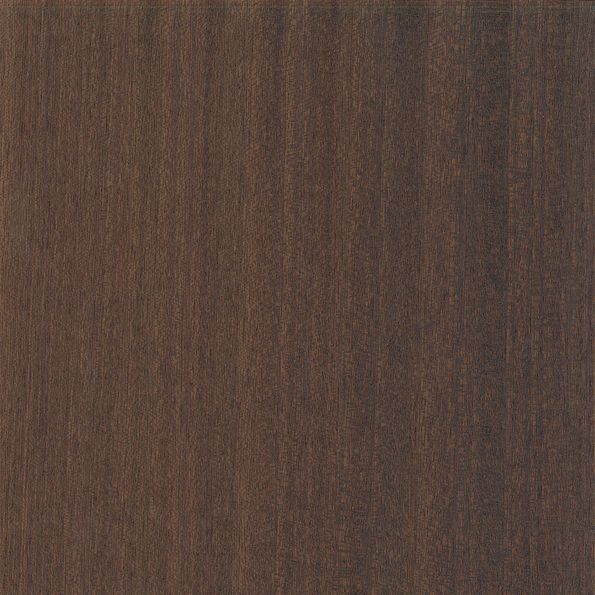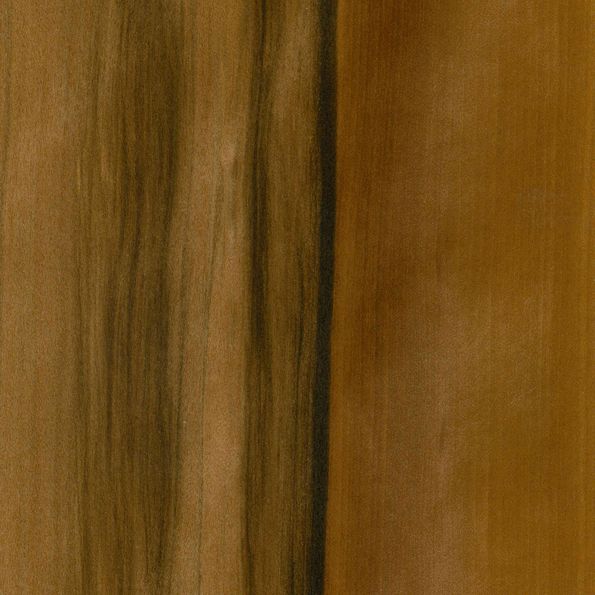Natural play of colors
In order to equalize color differences and achieve a hazelnut to deep chocolate brown surface color with an elegant, natural shine, woods were already smoked in the Middle Ages. The technique fell somewhat into oblivion in recent years, because dark woods were not very popular. When smoking, the different tannic acid contents in the wood cause slight tinting variations with unique light and shadow effects. If the wood is not completely kerned, light sapwood zones remain visible even after smoking. These are characteristic of European Oak, for example, and give the smoked Oak an unmistakable natural identity.
Smoking with modern technology
The smoking of woods such as Oak, Acacia or Larch causes a coloration of the surface after a short treatment by the action of ammonia (NH3) and a complete coloration of the woods after a longer period of time. In contrast to many other natural or colored woods, the color is largely resistant to aging and light. The smoking process also modifies the wood, making it more elastic, less brittle and thus easier to work and process.
With the predominantly native smoked woods a completely new color palette is available. You will find all Roser smoked veneers in our Veneer Library.

